There’s no doubt that concrete surfaces play an important role in construction. Whether in residential properties or commercial spaces, anyone hoping to build a new structure will need to think about their concrete surfaces at some point or another.
The truth is that over time, things such as environmental conditions, the presence of tree roots, settling, wear and tear, and more can cause concrete to become uneven or even suffer damage.
Fortunately, in response to such issues, concrete resurfacing and leveling methods have evolved to ensure that the structural integrity and functionality of these surfaces are maintained.
In this article, we will talk about these techniques in greater detail to help you understand that there is hope still for your uneven floor.
Why It’s Important that a Concrete Slab Surface Is Level
The importance of concrete resurfacing and leveling extends well beyond simple aesthetics.
Here are some of the most prominent reasons why you will need to ensure that your concrete floor surface is level:
It Ensures the Structural Integrity of the Non-flexible Surface
If you notice an uneven floor, you will need to address it as quickly as possible, as a failure to do so could lead to additional issues. Concrete surfaces often play an important role in maintaining the structural integrity of any space, so uneven surfaces might result in tripping hazards, cracks, and more.
Creating a Safe and Harmonious Environment
Regular concrete floors can help to create several square feet of attractive and safe home or work environment. There will be a reduced risk of slips and trips, and the space will be more inviting.
What Are Some of the Most Common Problems with Concrete Surfaces
Now that you understand the importance of concrete resurfacing and leveling, let’s talk a little about some of the issues that concrete may be subject to. Keep in mind that the concrete leveling method used will depend on the nature and extent of the problem.
Cracks
When concrete is heated and cooled, it can crack in several places. Cracks can cause a reduction in the compressive strengths of concrete surfaces.
Uneven Concrete
There are a number of reasons why a concrete surface may be uneven. A slab can shift over time because of soil movements or incorrect installation. The results are often seen in the form of dips and bumps on the surface.
Regular Wear and Tear
While we’d all like to believe that concrete surfaces last forever, the reality is that they don’t. High-traffic areas, such as garage floors or industrial spaces, are prone to wear and tear, leading to a rough and deteriorated concrete surface.
Most Common Concrete Resurfacing Techniques Used to Address These Issues and Restore the Integrity of Concrete?
Fortunately, there are a number of ways that a professional concrete resurfacer can repair your concrete surfaces.
Applying a Self-Leveling Compound
Self-leveling compound or concrete is a substance that does not require volumes of water like normal concrete. It is an effective way to get a uniform and level surface. This reinforcing material is placed onto the surface, where it spreads out and levels itself to provide a smooth, flat finish.
A professional would typically use this polymer-modified cement when the damage isn’t too serious.
Control Joints
If there is the possibility that a concrete surface may break, control joints may be used to address the issue.
Self-leveling Overlays
Self-leveling overlays, which are a mixture of cement, provide existing concrete surfaces with a smooth and level finish. When applied as a thin layer, these overlays eradicate defects, cracks, and unevenness, renewing the visual appeal of floors without requiring any serious methods.
The Use of an Epoxy Coating
Epoxy coatings not only level the surface of concrete floors but also offer a lasting and attractive finish. What’s more, this substance is resistant to abrasion, stains, and chemicals, making it an ideal choice for garage flooring, retail stores, and industrial applications.
Concrete Lifting
In some instances, concrete lifting may be necessary to restore the surface to its former glory. This technique involves the use of certain materials or equipment to lift the concrete up and level it out.
It is particularly useful in areas where the ground has sunken, or there is severe unevenness that cannot be addressed adequately with other methods.
How Concrete Resurfacing Works
We understand that hiring a contractor to take care of your uneven concrete surface might seem daunting. It helps to know what to expect. Here are the typical steps involved in concrete leveling and resurfacing:
Step One: Evaluation
A complete inspection of the existing concrete surface is required before beginning any resurfacing or leveling project. Locating fractures, uneven zones, and the general condition of the surface form part of this step.
Contractors will also decide on the appropriate treatment method to address the issue in this stage of the process.
Step Two: Prepare the Surface
Next, a concrete resurfacer will prepare the concrete to make sure that it is free from debris and ready for the appropriate technique.
Step Three: Resurfacing or Leveling
Once the surface has been prepped, the appropriate method will be executed. All cracks and blemishes on the surface should be covered with repair material to create a smooth canvas for the resurfacing material. The resurfacing material is then poured over the area and evenly spread to create a smooth and even finish. After the new concrete dries it will leave a smooth and beautiful new floor.
Step Four: Apply the Finishing Touches
Finishing touches are added once the resurfacing material has been placed and smoothed out. This might involve polishing, the application of texture, or the use of a sealant.
Addressing These Issues Quickly Is Key
Because unlevel concrete might be indicative of a structural issue, hiring a reliable contractor as quickly as possible to take care of this issue is imperative. This can help to prevent further damage to the structure, which could cost more to repair.
In addition, fixing uneven surfaces can help to prevent injuries, as these floors might present tripping hazards or make users lose their balance.
How Canadian Concrete Surfaces Can Help
The truth is that no concrete surface is built to last forever. Over time, uneven surfaces, wear and tear, and settling can result in uneven concrete.
Fortunately, with the help of a reliable contractor, you can turn an unattractive space into a finished product that is truly beautiful. We can help with:
- Concrete surfaces
- Concrete resurfacing
- Concrete leveling
- Concrete polishing
- Unleveled surfaces
- Garage floors
From epoxy coatings and concrete lifting to self-leveling concrete, there are a number of methods we can employ to help restore your residential or commercial concrete surface.
By addressing these issues early and with the help of our professional team of contractors, you can ensure that your concrete stands the test of time.
With decades of experience and a passion for addressing problems at the root, we are confident that we can handle anything you throw at us.
Contact us today to learn more about our services!

Devon has over 25 years of experience providing customers with high performance epoxy flooring to fit any need or budget. Referrals are our best friend and customer satisfaction is always our top priority. When Devon is not working you can find him fishing, or hunting across North America.

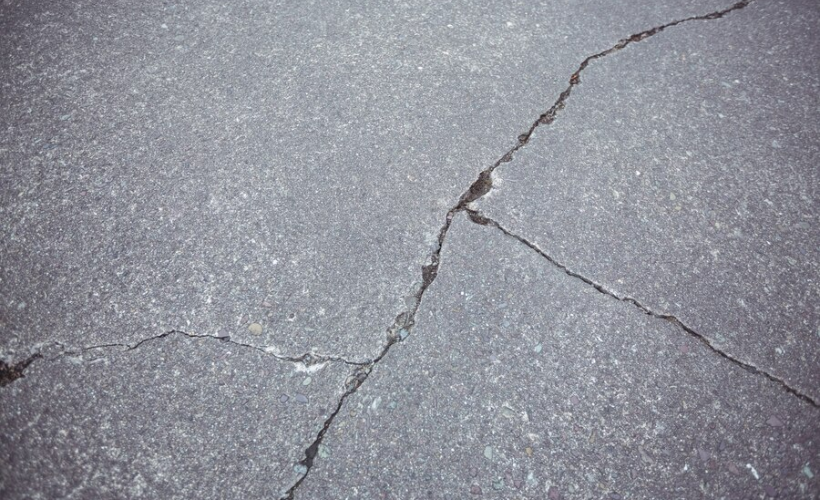

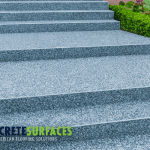
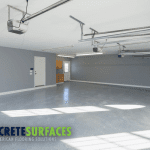
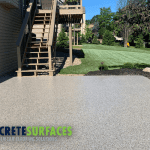

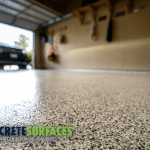
Share This Article
Choose Your Platform: Facebook Twitter Google Plus Linkedin